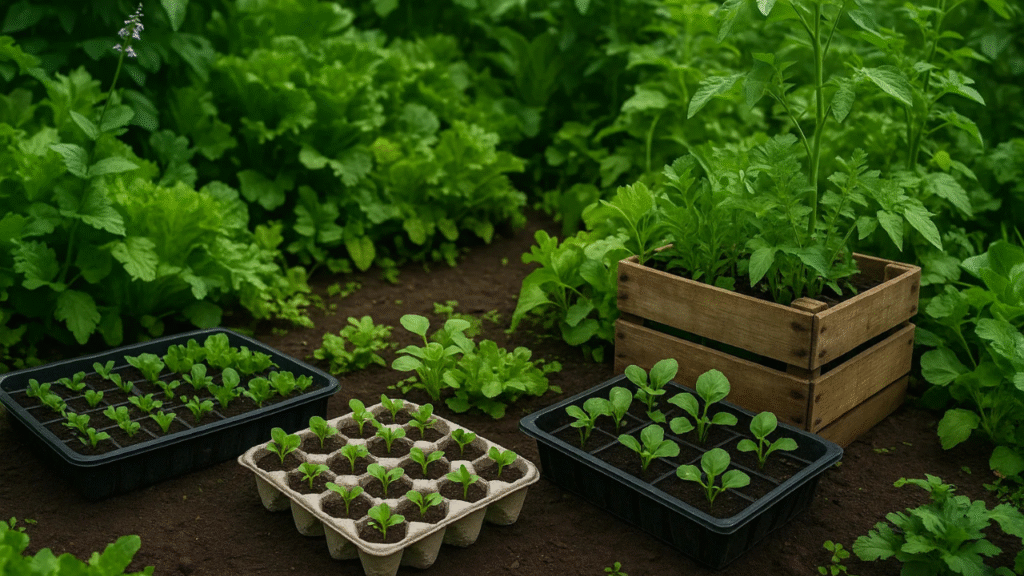
Reusing Seed Trays and Containers: Eco-Friendly Gardening Tips for a Sustainable Garden
Did you know that billions of plastic seed trays and containers are discarded every year, adding to the growing waste problem? As gardeners, we have the power to make a significant impact on the environment by simply reusing seed trays and containers. Not only does this eco-friendly practice help reduce plastic waste, but it also offers cost-effective solutions for your gardening needs. In this article, we’ll explore the benefits of reusing seed trays and containers, providing practical tips on how you can incorporate sustainability into your gardening routine while nurturing your plants. Let’s grow a greener future together! 🌿
Table of Contents
Toggle🌱 Why Reuse Seed Trays and Containers? 🌍
Reusing seed trays and containers isn’t just good for your garden—it’s great for the planet! 🌍 Here’s why you should consider reusing them:
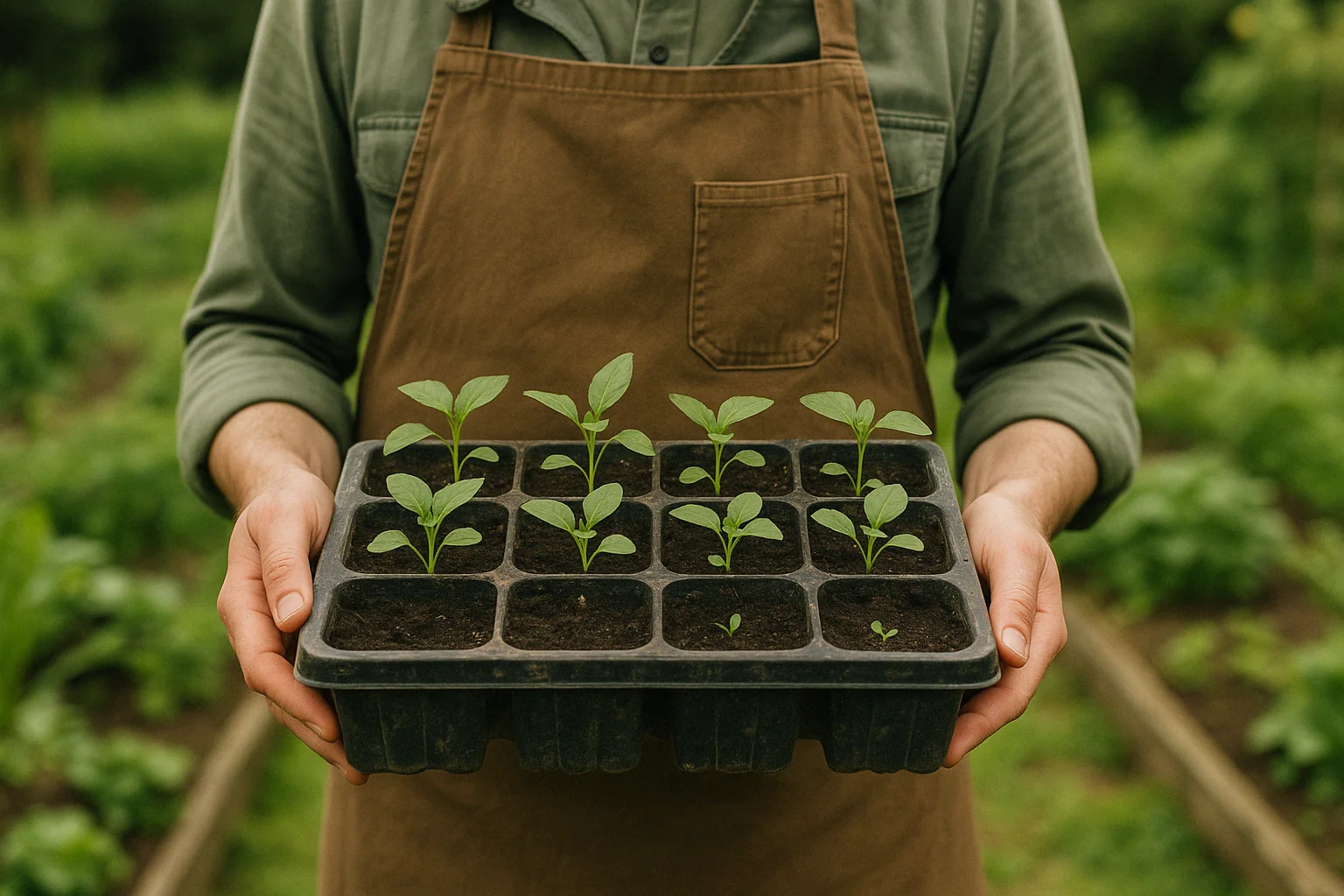
• Reduce Plastic Waste: Every year, millions of plastic seed trays are thrown away. By reusing them, you help cut down on unnecessary plastic waste, making your gardening practice more eco-friendly. 🌱♻️
• Save Money: Buying new gardening containers can add up. Reusing trays and containers helps you save money, especially if you’re a beginner gardener or have a large garden to care for. 💸
• Simple Sustainability: Reusing seed trays and containers supports a sustainable gardening lifestyle. It’s an easy way to make a positive impact while growing your plants. 🌿
So, why not take a step toward a greener garden and a cleaner planet by reusing what you already have? 🌼
🌿 Benefits of Reusing Seed Trays and Containers 🌱
Reusing seed trays and containers comes with a range of benefits that make gardening more sustainable and cost-effective. Here’s why you should start reusing today:
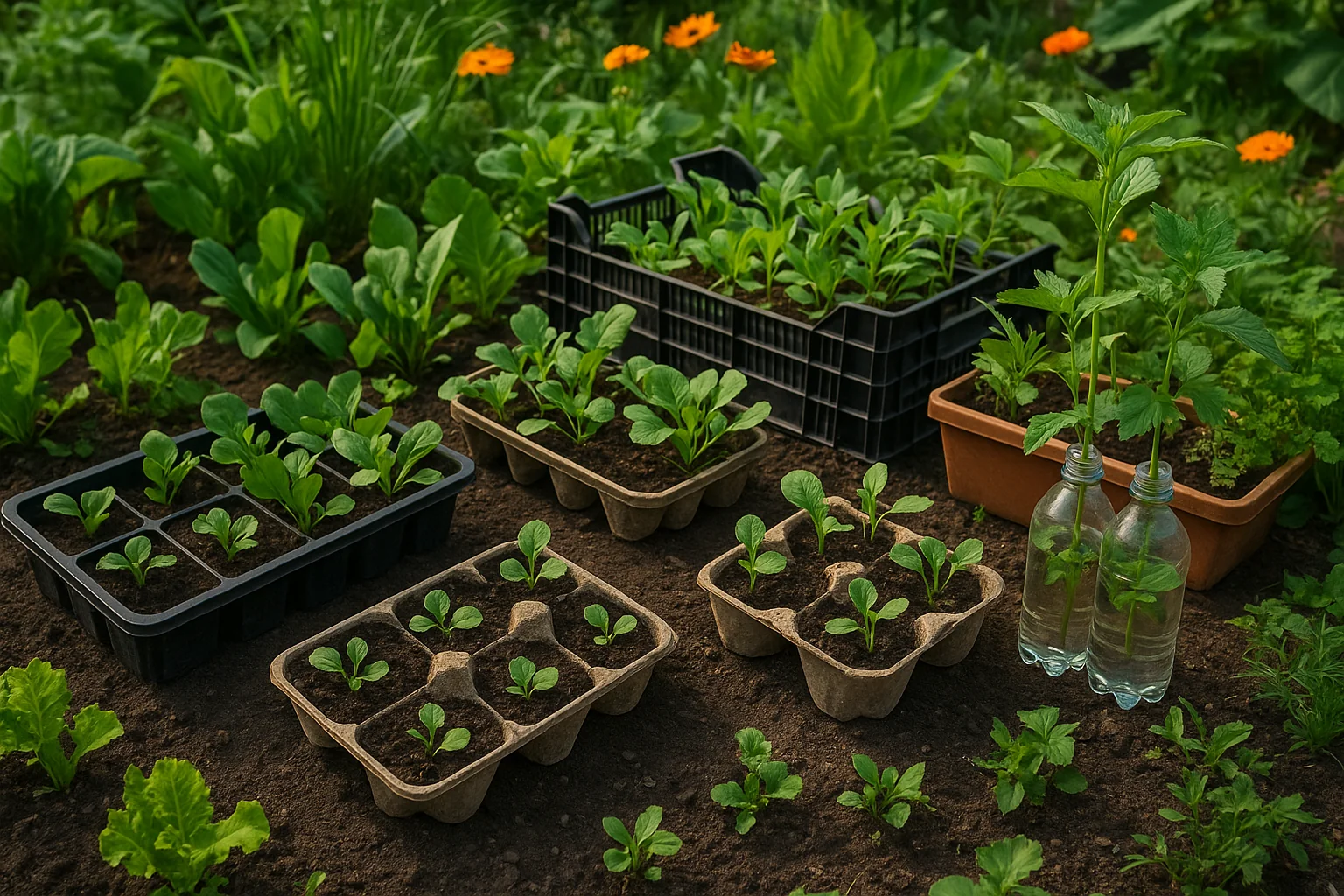
• Reduce Plastic Waste: By reusing seed trays and containers, you help minimize plastic waste, which can take hundreds of years to break down. 🌎🌿
• Cost Savings: Gardening supplies can be expensive, especially if you’re starting from scratch. Reusing containers and trays means you don’t have to spend money on new ones each season. 💰
• Long-Term Durability: When properly maintained, reused containers and trays can last for years, giving you a long-term, eco-friendly gardening solution. 🌱✨
• Eco-Friendly Gardening: Reusing is a simple way to make your gardening practices more sustainable. It supports the idea of reducing, reusing, and recycling. ♻️🌸
• Creative Opportunities: Reused trays and containers can be upcycled in creative ways to suit your garden’s needs, making your gardening process even more fun and personalized. 🎨🌼
Embracing the habit of reusing not only benefits your wallet but also contributes to a healthier, greener planet! 🌍🌻
🧑🌾 How to Safely Reuse Seed Trays and Containers 🌱
Reusing seed trays and containers is a great way to be eco-friendly, but it’s important to do it safely to keep your plants healthy. Here’s how:
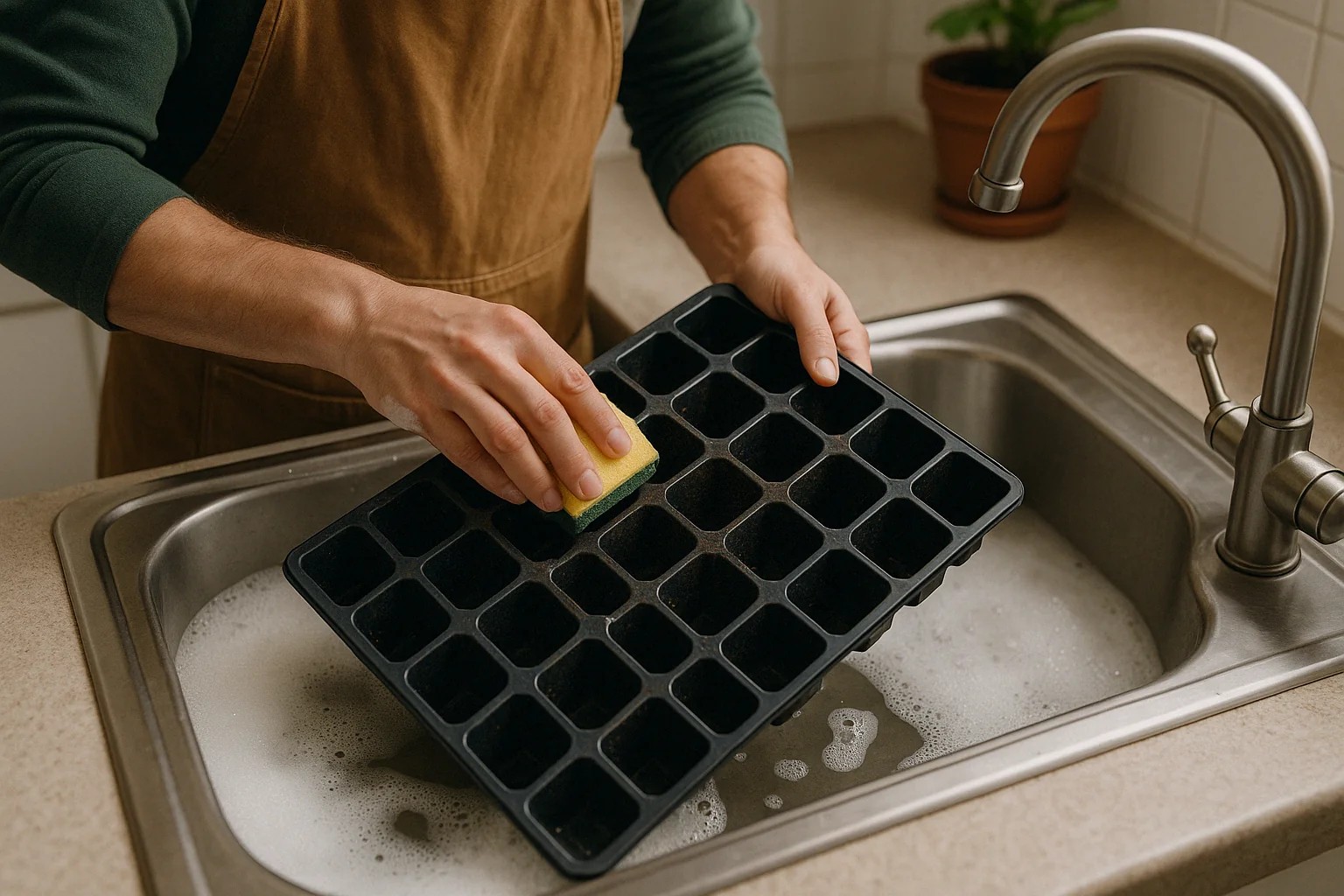
• Clean and Sanitize: Before reusing, make sure to thoroughly clean your trays and containers to remove dirt, old roots, and any potential plant diseases. Wash with warm soapy water and rinse well. For a deeper clean, soak in a bleach solution (1 part bleach to 9 parts water) for 10-15 minutes, then rinse and dry completely. 🧼💧
• Inspect for Damage: Check for cracks or damage. If your containers are cracked, they may not hold soil properly or could lead to leaks, affecting your plants’ health. If they’re too damaged, it’s time to recycle them. 🔍🌱
• Add Drainage: Ensure that the containers have drainage holes to prevent waterlogging. If they don’t, drill small holes at the bottom to allow excess water to escape. Good drainage is key to healthy plant roots! 💦🕳️
• Upcycle Creatively: If your containers are too worn out for planting, consider upcycling them into garden organizers, watering trays, or plant labels. Get creative! 🌸🎨
By following these simple steps, you can safely reuse seed trays and containers while keeping your plants happy and healthy! 🌿🌟
🎨🌼 Creative Ideas for Reusing Different Types of Containers
Reusing seed trays and containers doesn’t have to be boring! There are so many creative ways to repurpose everyday items for your garden. Here are some fun ideas:
• Plastic Seed Trays: Use these for starting seedlings or create small vertical garden systems. You can also stack them to organize small plants or herbs in your garden. 🌱📚
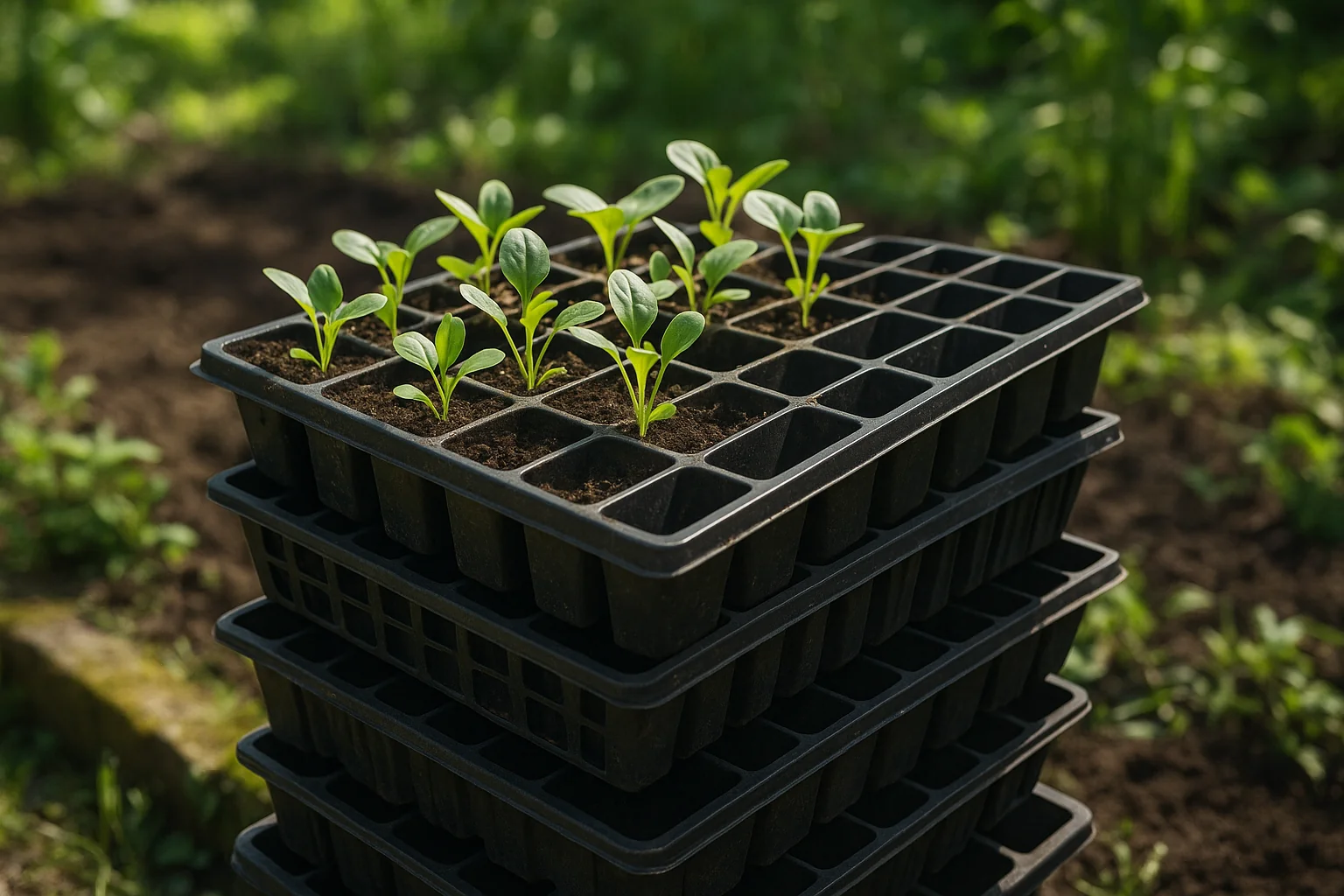
• Egg Cartons: Perfect for starting small seeds! Simply fill each compartment with soil and plant your seeds. Plus, when the seedlings are ready, you can plant the entire carton directly into the soil—it’s biodegradable! 🥚🌼
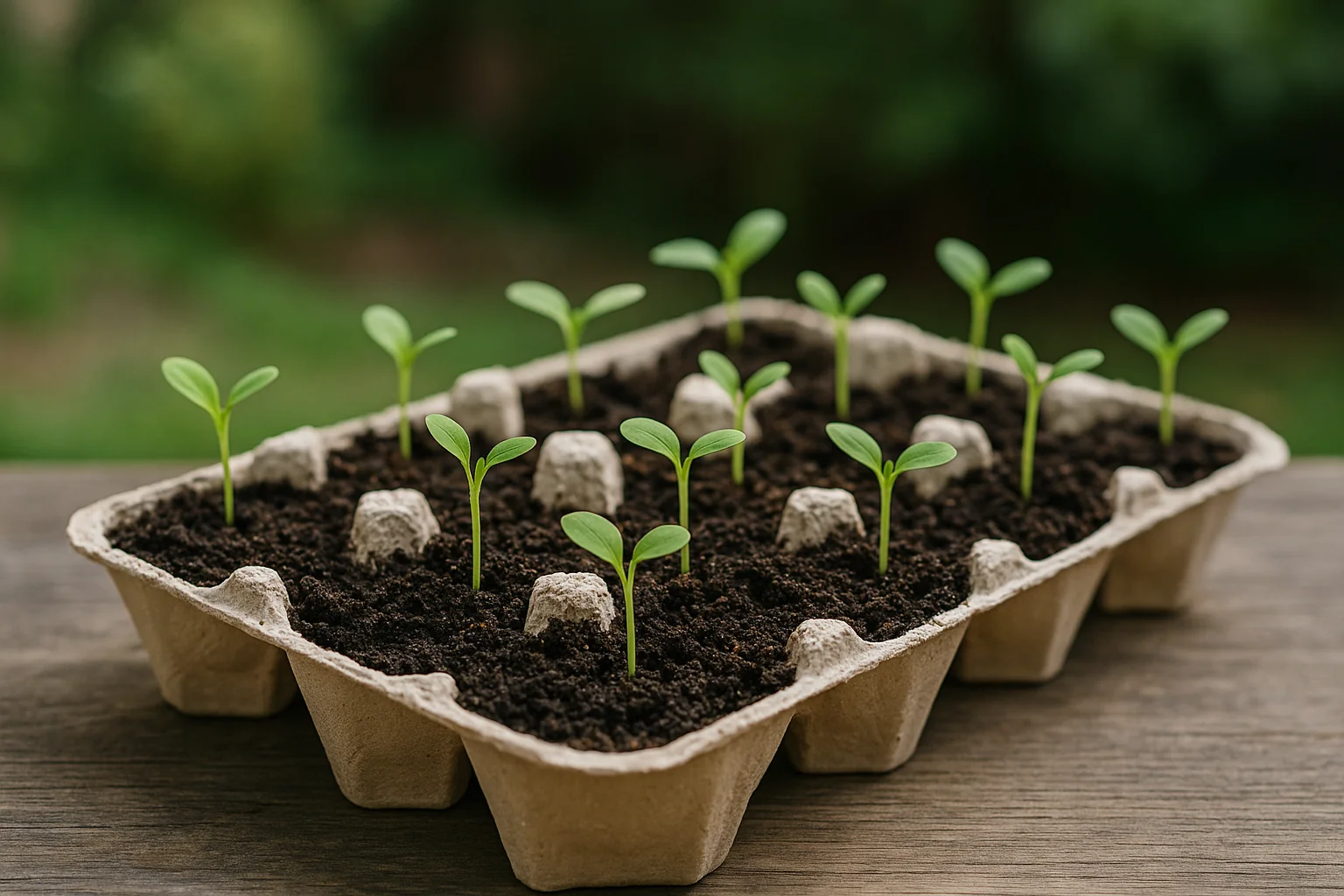
• Milk Jugs and Plastic Bottles: Cut them in half to create mini greenhouses. Place the top part over your seedlings to keep them warm, or use the bottom part as a watering container by adding a few holes for drainage. 🍼🌞
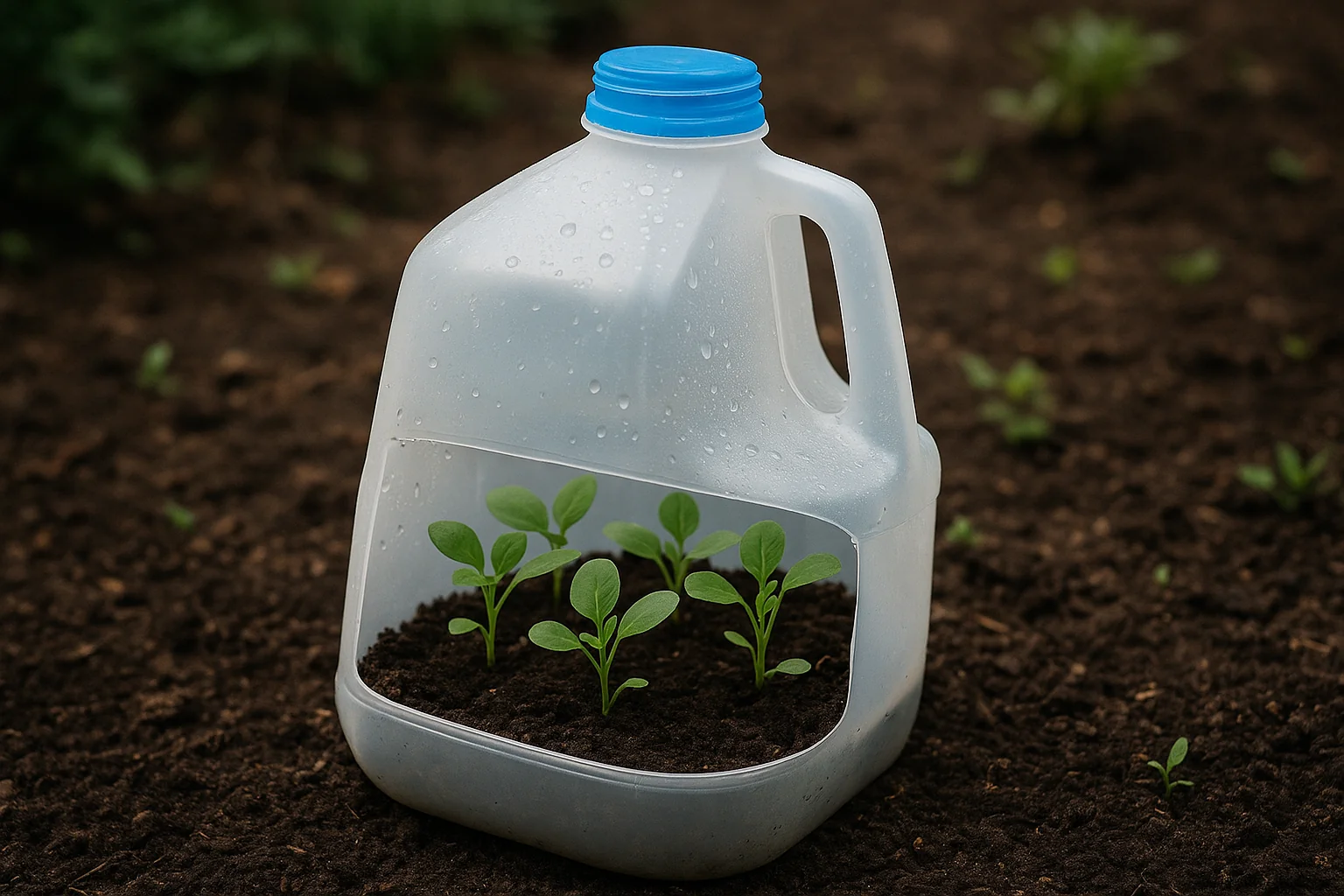
• Old Pots and Bowls: Repurpose chipped or unused pots as planters for herbs or small plants. You can also stack them to create a quirky tiered garden display! 🍲🌷
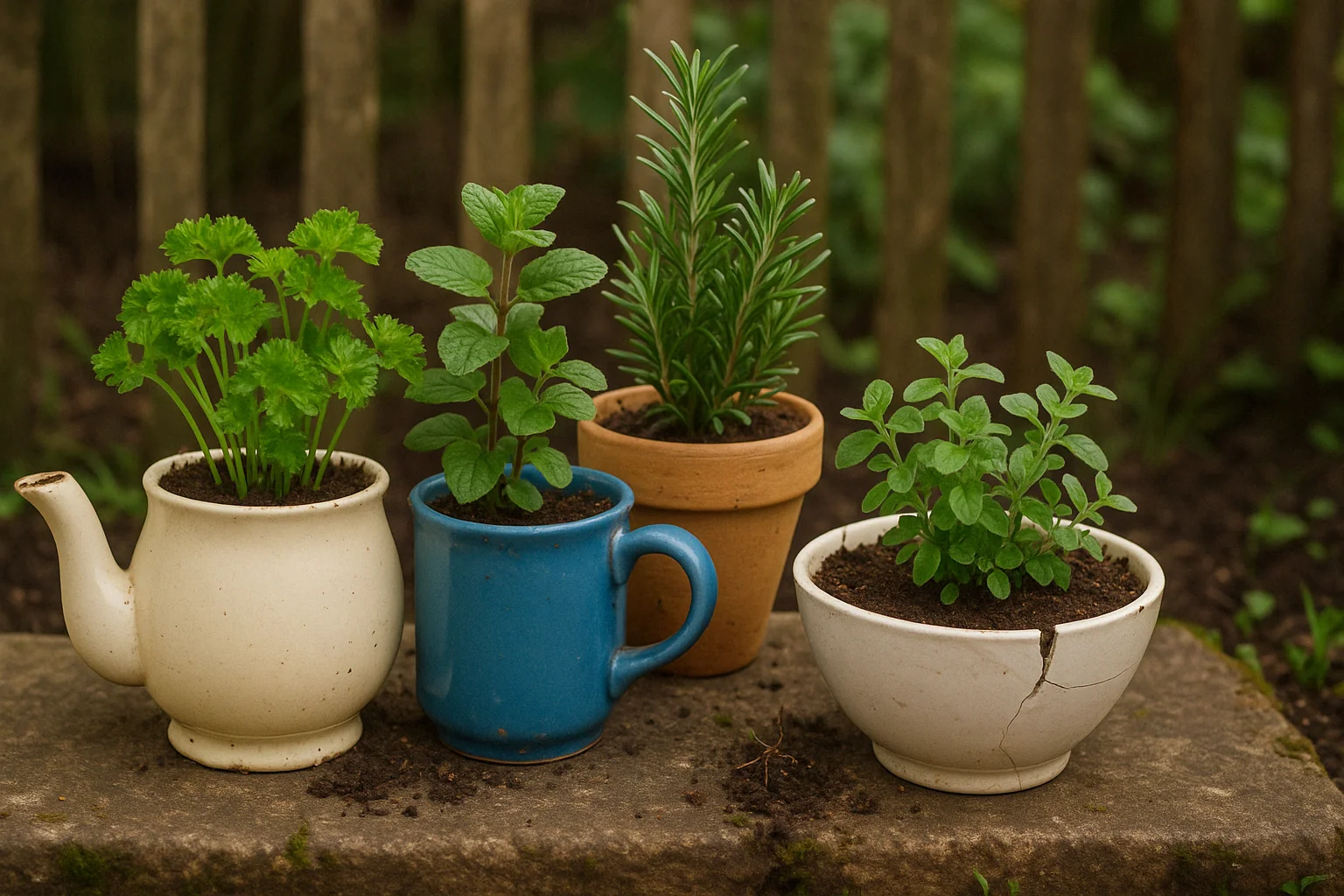 • Wooden Crates and Boxes: These make perfect rustic garden containers for larger plants or can be turned into vertical garden planters. You can even add wheels for easy mobility! 📦🌻
• Wooden Crates and Boxes: These make perfect rustic garden containers for larger plants or can be turned into vertical garden planters. You can even add wheels for easy mobility! 📦🌻
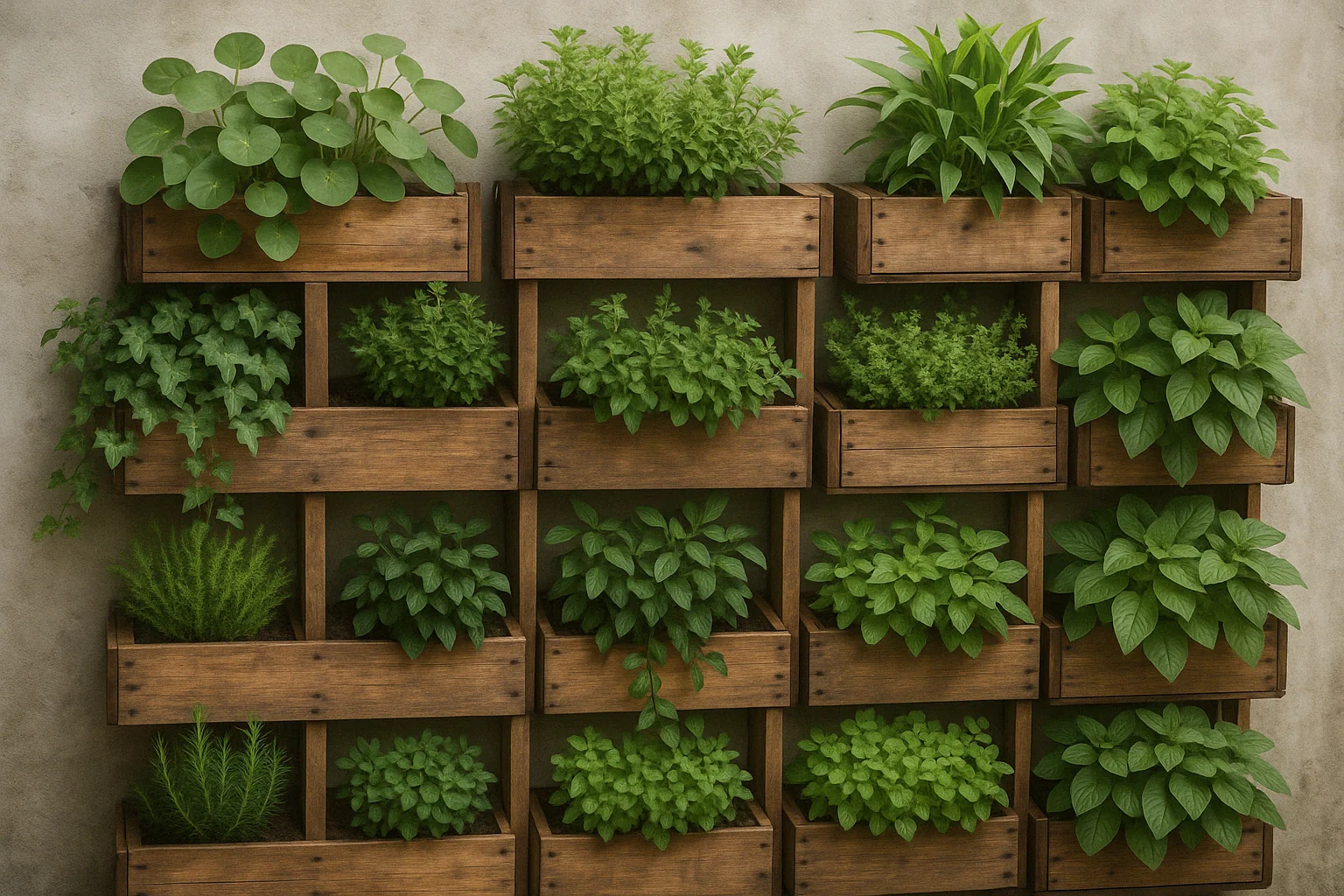
• Tin Cans and Jars: Paint and decorate old cans or jars to create unique, decorative planters for small plants like succulents. They’re also great for making DIY plant markers! 🥫🌺
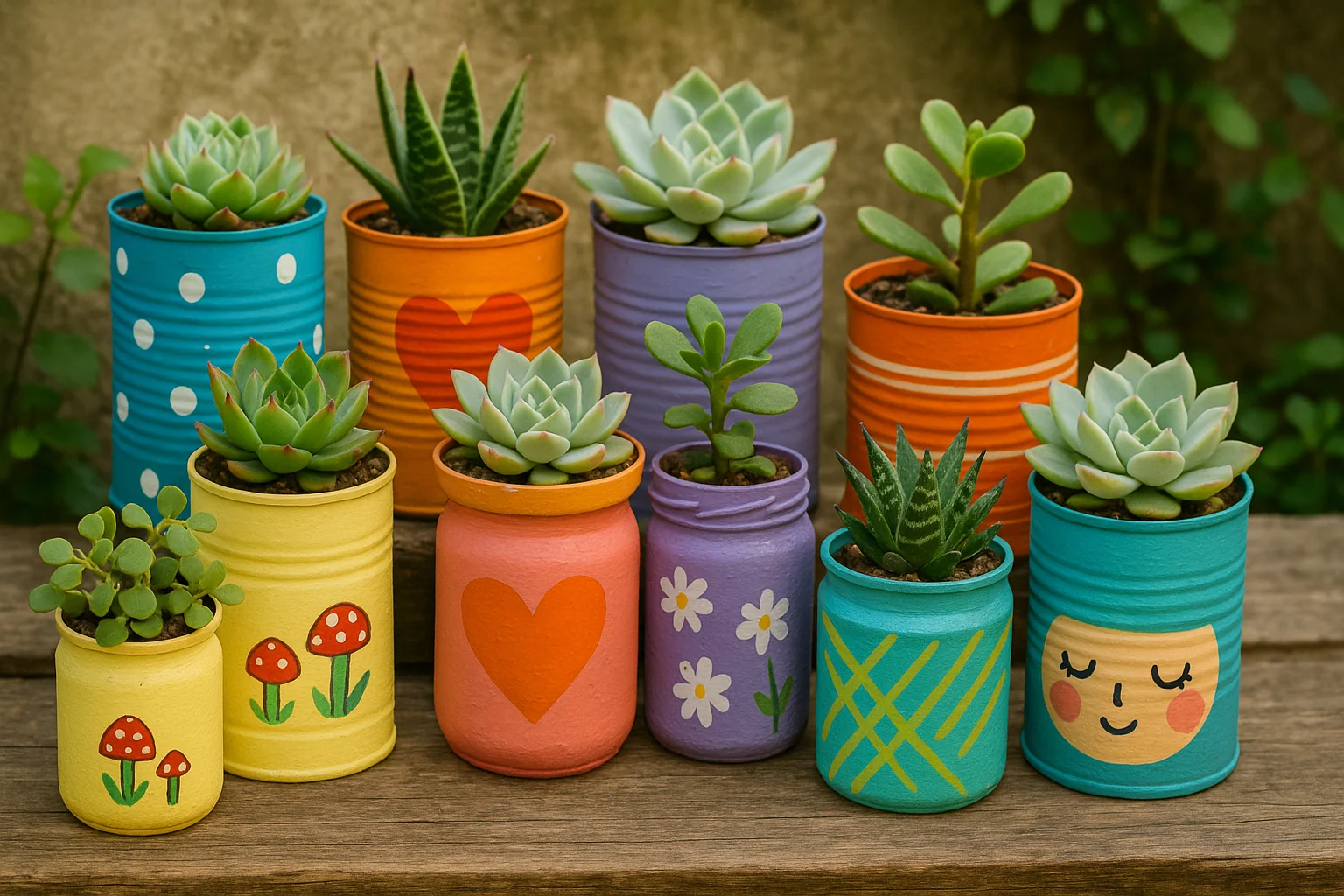
Get creative and have fun—these reused containers can add character to your garden while helping the environment! 🎨🌿
🌱 Tips for Maintaining Healthy Plants in Reused Containers 🌿
Reusing containers is great for sustainability, but ensuring your plants thrive in them requires a little care. Here are some essential tips for keeping your plants healthy:
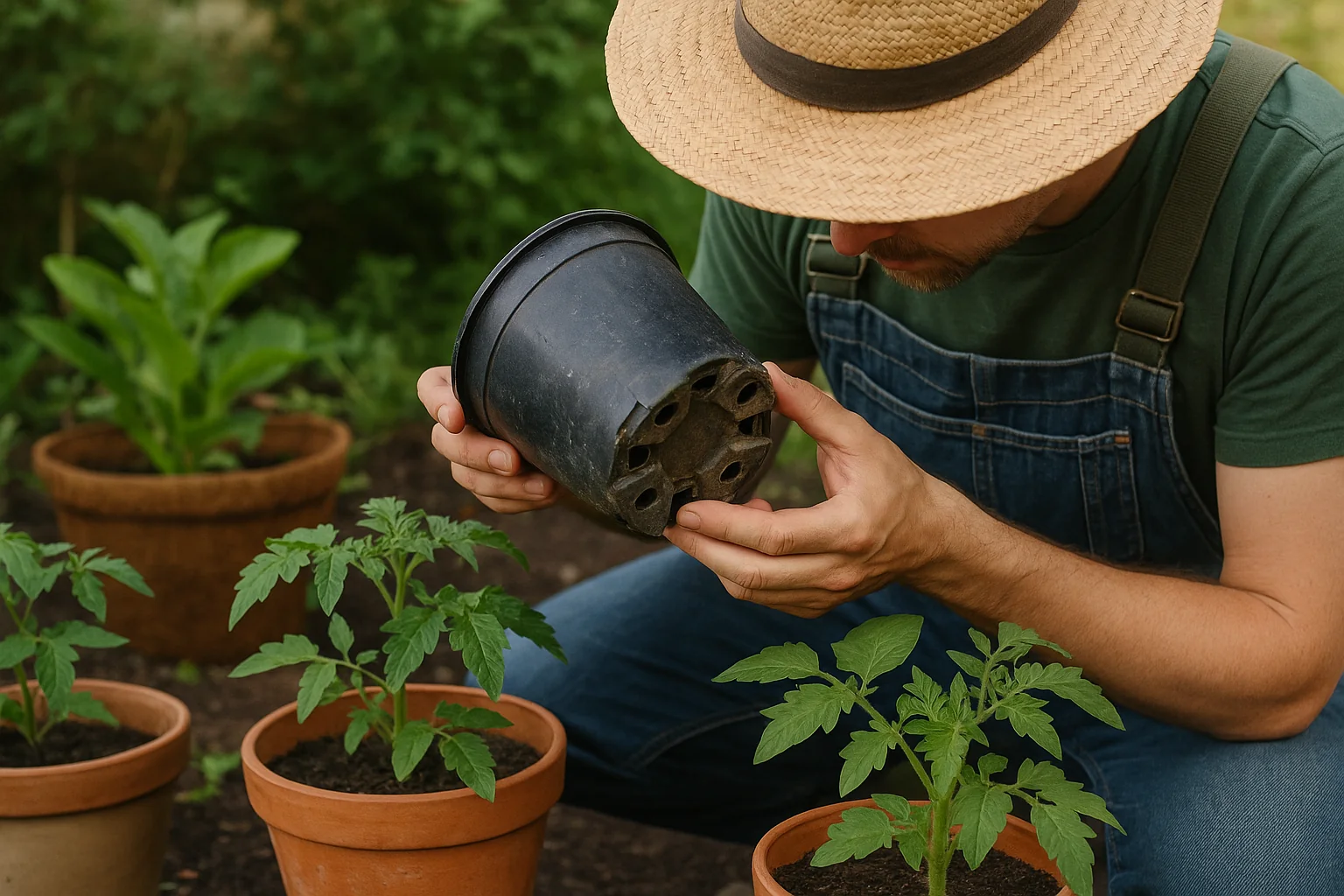
• Ensure Proper Drainage: Make sure your reused containers have drainage holes. Without proper drainage, water can collect at the bottom, causing root rot. If needed, drill holes or repurpose containers with built-in drainage. 💧🕳️
• Use Fresh, Quality Soil: Even though you’re reusing the container, always use fresh, nutrient-rich soil. Over time, the soil in reused containers can lose nutrients, so it’s essential to refresh it for optimal plant growth. 🌱🌿
• Water Wisely: Be mindful of watering. Reused containers can dry out quicker or hold moisture differently. Check the soil regularly, and water as needed, avoiding over-watering or letting it dry out completely. 💦🌞
• Monitor for Pests: Old containers can attract pests if not properly cleaned. Regularly check for signs of pests and treat them with natural remedies or insecticidal soap. 🐞🌸
• Size Matters: Ensure the container is the right size for the plant. A pot that’s too small can stunt root growth, while one that’s too large can lead to overwatering. Choose a container that offers enough room for roots to expand comfortably. 🪴📏
• Provide Adequate Light: Different plants have different light needs, so ensure your reused containers are placed in spots where your plants can get the proper amount of sunlight. ☀️🌿
With these simple tips, your plants will thrive in their reused containers, and you’ll have a healthy, sustainable garden to enjoy! 🌻🌟
🌍 Alternative Eco-Friendly Container Options
If you’re looking to go beyond reusing seed trays and containers, there are plenty of eco-friendly alternatives that are just as effective and sustainable! Here are some great options:
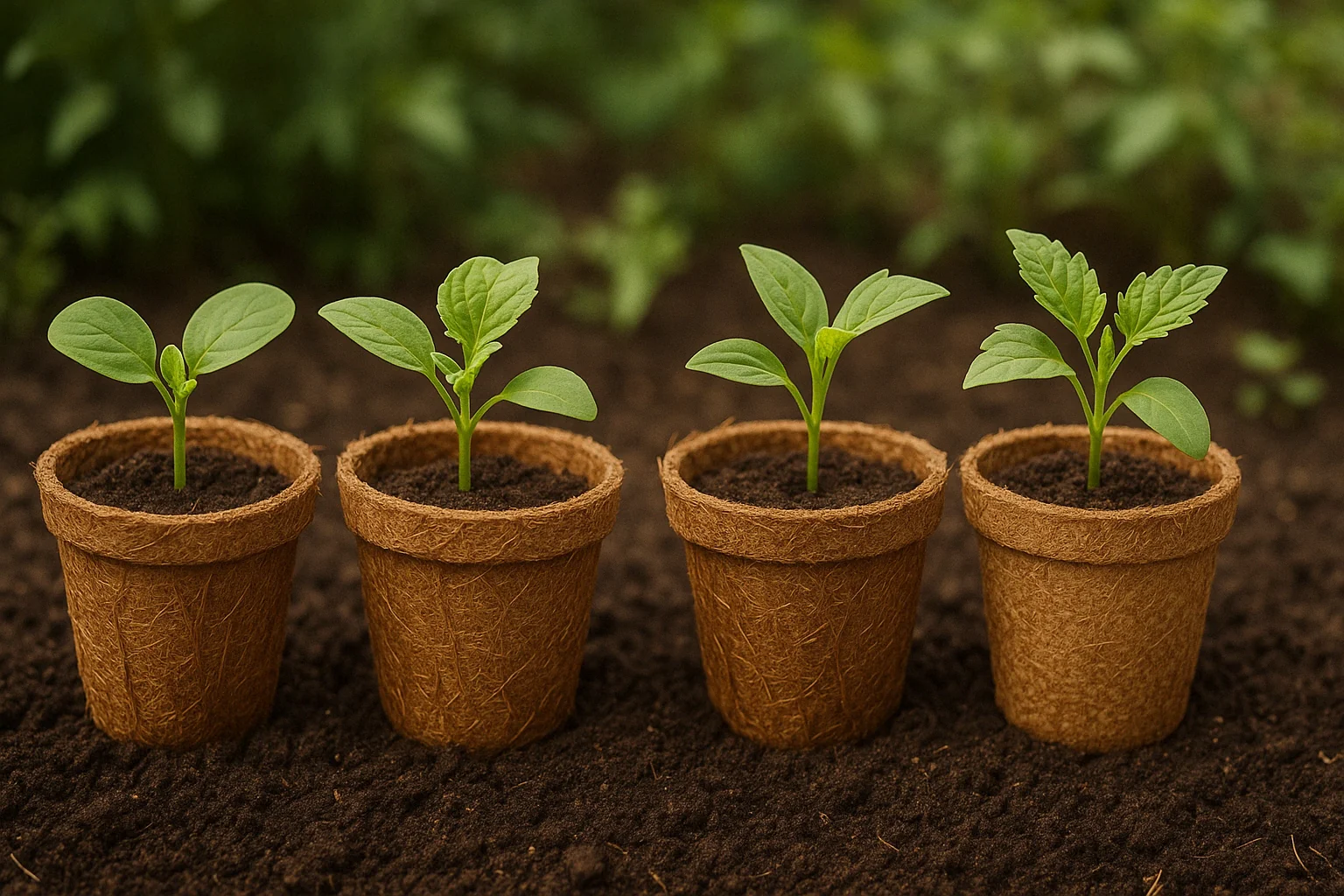
• Biodegradable Pots: Made from materials like coconut coir, peat, or rice husks, these pots break down naturally over time. They’re perfect for starting seedlings because you can plant the entire pot directly into the soil. 🌾🌱
• Repurposed Materials: Use items like cardboard boxes, old newspapers, or even wooden crates as plant containers. These materials are biodegradable and can be upcycled into stylish planters for your garden. 📦🍂
• Coconut Shells: These natural, biodegradable containers are perfect for small plants like succulents or herbs. Plus, they add a rustic, tropical vibe to your garden! 🥥🌴
• Clay or Terracotta Pots: Made from natural materials, these pots are durable, breathable, and long-lasting. They may cost more upfront, but they help your plants thrive by allowing air circulation to the roots. 🏺🌸
• Compostable Seed Pots: Made from plant-based materials, these pots decompose in the soil, leaving no waste behind. They’re perfect for environmentally-conscious gardeners who want to avoid plastic altogether. 🌿🍃
By choosing these eco-friendly alternatives, you can continue your journey toward a sustainable garden while minimizing your environmental footprint. 🌍💚
🌱🌸 Final Thoughts
Reusing seed trays and containers is a simple yet impactful way to promote sustainability in your garden. Not only does it reduce plastic waste and save you money, but it also supports healthier, eco-friendly gardening practices. 🌍💚 Whether you’re repurposing plastic trays, egg cartons, or even upcycling old pots, each small change you make contributes to a greener planet.
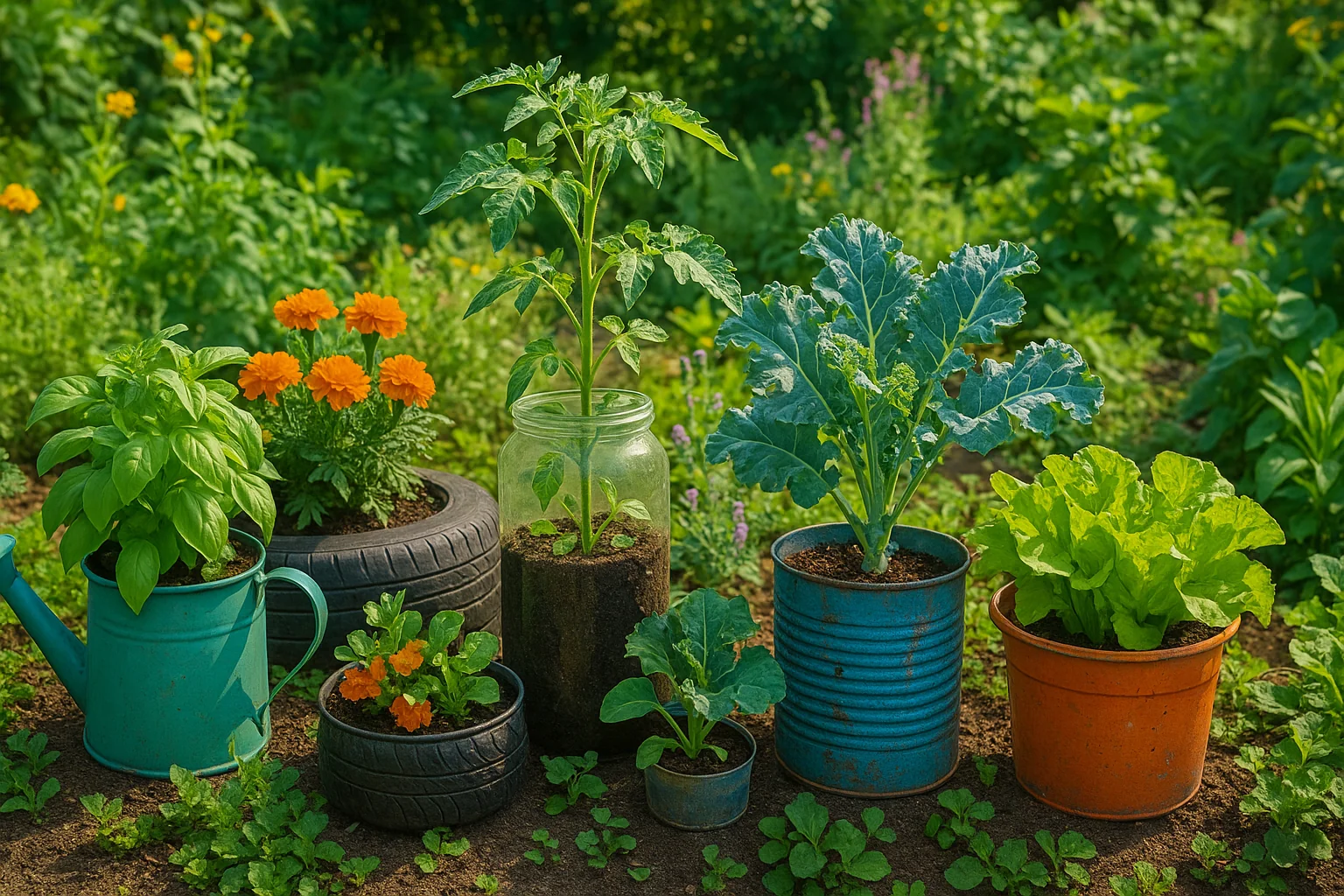
By following the tips for maintaining healthy plants in reused containers and exploring alternative eco-friendly options, you can create a beautiful garden while minimizing waste. 🌱🌸 So, start reusing today—your plants and the planet will thank you! 🌿✨
Frequently Asked Questions (FAQ)
Can I reuse plastic seed trays and containers?
Yes! As long as they’re cleaned and sanitized properly, plastic seed trays and containers can be reused multiple times. Just make sure there are no cracks or damage that could affect plant growth. 🌱
How do I clean seed trays and containers for reuse?
Wash them with warm soapy water, then soak in a bleach solution (1 part bleach to 9 parts water) for 10-15 minutes to kill any bacteria or fungi. Rinse thoroughly and let them dry completely before reusing. 🧼💧
How can I ensure proper drainage in reused containers?
If your reused container doesn’t have drainage holes, drill small holes at the bottom to allow excess water to escape. This prevents waterlogging and helps avoid root rot. 💦🕳️
Are there eco-friendly alternatives to plastic seed trays?
Yes! You can use biodegradable pots, cardboard boxes, coconut shells, or even wooden crates. These materials are compostable and perfect for sustainable gardening. 🌾🍂
Can I reuse containers that have been used for other purposes (like food containers)?
Only if they’re thoroughly cleaned and sanitized. Make sure no food residue or harmful chemicals remain, as they can affect your plants. Stick to containers that are safe and free of toxins. 🥡🌱
How often should I replace reused containers?
If the container is damaged or cracked, or if it no longer holds soil properly, it’s time to replace it. Otherwise, with proper care, containers can last for years. 🔄🌿
What should I do if my reused container has soil that’s too compacted?
Refresh the soil by adding compost or new potting mix to improve drainage and nutrients. Always ensure the soil is light and airy to allow roots to grow freely. 🌻🌿
Are there any risks to reusing seed trays and containers?
The main risks are the spread of diseases or pests if the containers aren’t cleaned properly. Always sanitize thoroughly, and check for any signs of mold or pests before reusing. 🐞🌱
